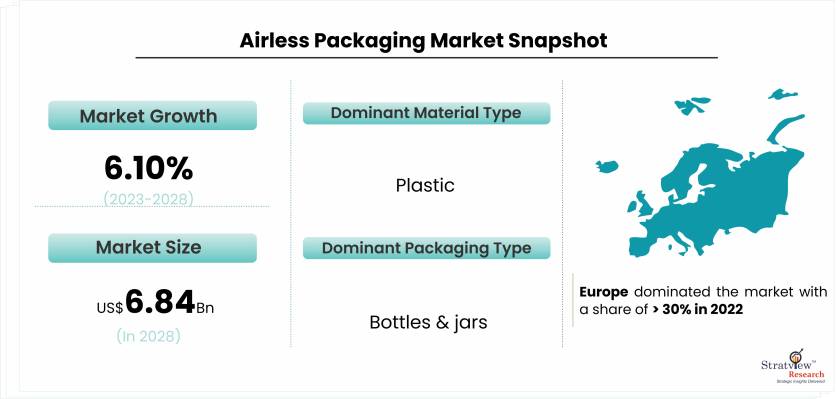In today's digital age, healthcare organizations are harnessing the power of data and analytics to drive improvements in patient outcomes. Healthcare analytics refers to the systematic use of data and statistical methods to gain insights and make informed decisions that enhance the quality of care. This rapidly evolving field holds great promise for revolutionizing healthcare delivery and transforming patient outcomes.
According to a report of Stratview research the healthcare analytics market is estimated to grow from USD 26.03 billion in 2022 to USD 99.3 billion by 2028 at a CAGR of 24.90% during the forecast period. The market has been classified into hardware, software & service, these service segments accounted for the largest market share in 2022 & are expected to remain dominant during the forecast period.
One of the primary benefits of healthcare analytics is its ability to identify patterns and trends in vast amounts of data. By analyzing electronic health records, medical claims, and other sources of information, healthcare providers can uncover valuable insights about patient populations. These insights enable proactive and personalized care, leading to improved patient outcomes. For example, analytics can identify patients at high risk of developing chronic conditions, allowing healthcare providers to intervene early and prevent disease progression.
Healthcare analytics also plays a crucial role in identifying gaps in care. By examining data on patient outcomes, treatment protocols, and adherence to best practices, providers can pinpoint areas where improvements are needed. This data-driven approach facilitates evidence-based decision-making, enabling healthcare organizations to implement targeted interventions and quality improvement initiatives. As a result, patient outcomes are enhanced, and unnecessary costs are reduced.
Another significant application of healthcare analytics is in predictive modeling. By leveraging machine learning algorithms and predictive analytics, healthcare providers can forecast patient outcomes, disease progression, and treatment responses. This information empowers clinicians to make more accurate diagnoses, develop personalized treatment plans, and optimize resource allocation. Furthermore, predictive analytics can help identify patients at risk of hospital readmission, enabling early interventions to prevent complications and improve patient well-being.
Moreover, healthcare analytics contributes to enhancing population health management. By aggregating and analyzing data from various sources, such as public health records and social determinants of health, healthcare organizations can identify trends, risk factors, and disparities within specific populations. Armed with this knowledge, policymakers can implement targeted interventions and preventive measures to address the unique needs of different communities. Consequently, population health is improved, and healthcare resources are allocated more efficiently.
In conclusion, healthcare analytics holds immense potential in improving patient outcomes. By harnessing the power of data and analytics, healthcare organizations can gain valuable insights, identify gaps in care, and make informed decisions that enhance the quality of care. Through proactive and personalized interventions, predictive modeling, and population health management, healthcare analytics is transforming healthcare delivery and paving the way for better patient outcomes. As the field continues to evolve, we can expect even more innovative applications and advancements that will shape the future of healthcare.





Comments